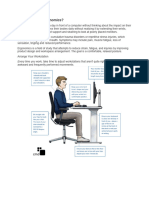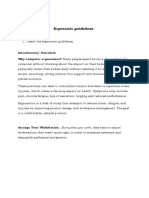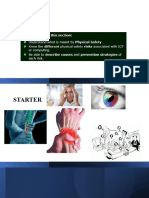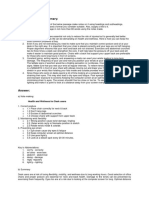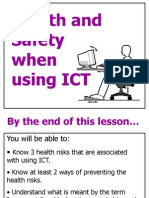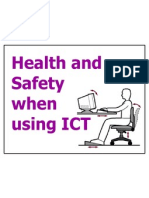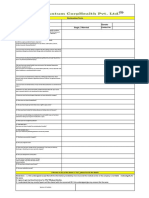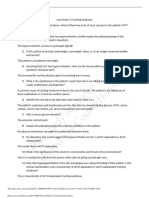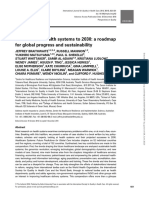0% found this document useful (0 votes)
25 views55 pagesS.2 ICT Notes and Assingnment
The document outlines health risks associated with prolonged computer use, including repetitive strain injury, eye strain, back and neck pain, and fatigue, along with their symptoms and prevention strategies. It emphasizes the importance of ergonomics in reducing health problems, recommending proper chair and desk setup, regular breaks, eye care, and maintaining good posture. Additionally, it highlights the need for effective communication of health and safety measures to educate the community on mitigating risks related to computer usage.
Uploaded by
enuupeter36Copyright
© © All Rights Reserved
We take content rights seriously. If you suspect this is your content, claim it here.
Available Formats
Download as PDF, TXT or read online on Scribd
0% found this document useful (0 votes)
25 views55 pagesS.2 ICT Notes and Assingnment
The document outlines health risks associated with prolonged computer use, including repetitive strain injury, eye strain, back and neck pain, and fatigue, along with their symptoms and prevention strategies. It emphasizes the importance of ergonomics in reducing health problems, recommending proper chair and desk setup, regular breaks, eye care, and maintaining good posture. Additionally, it highlights the need for effective communication of health and safety measures to educate the community on mitigating risks related to computer usage.
Uploaded by
enuupeter36Copyright
© © All Rights Reserved
We take content rights seriously. If you suspect this is your content, claim it here.
Available Formats
Download as PDF, TXT or read online on Scribd
/ 55











